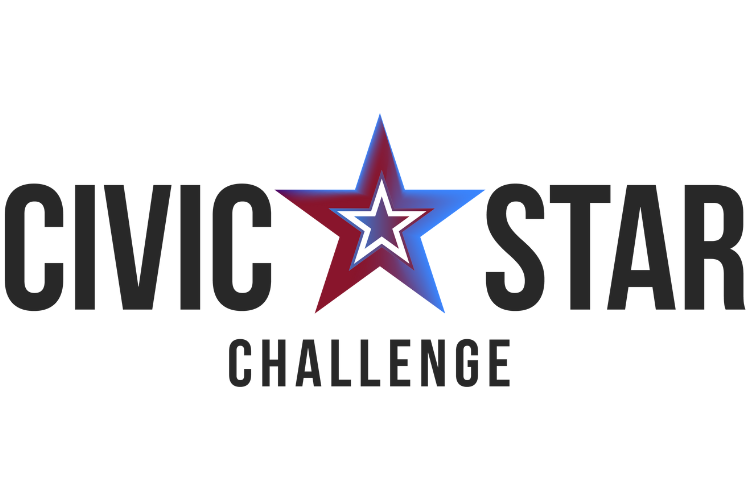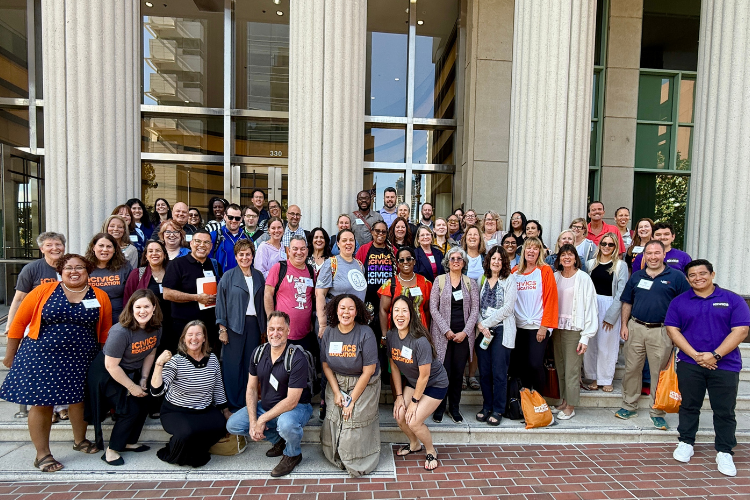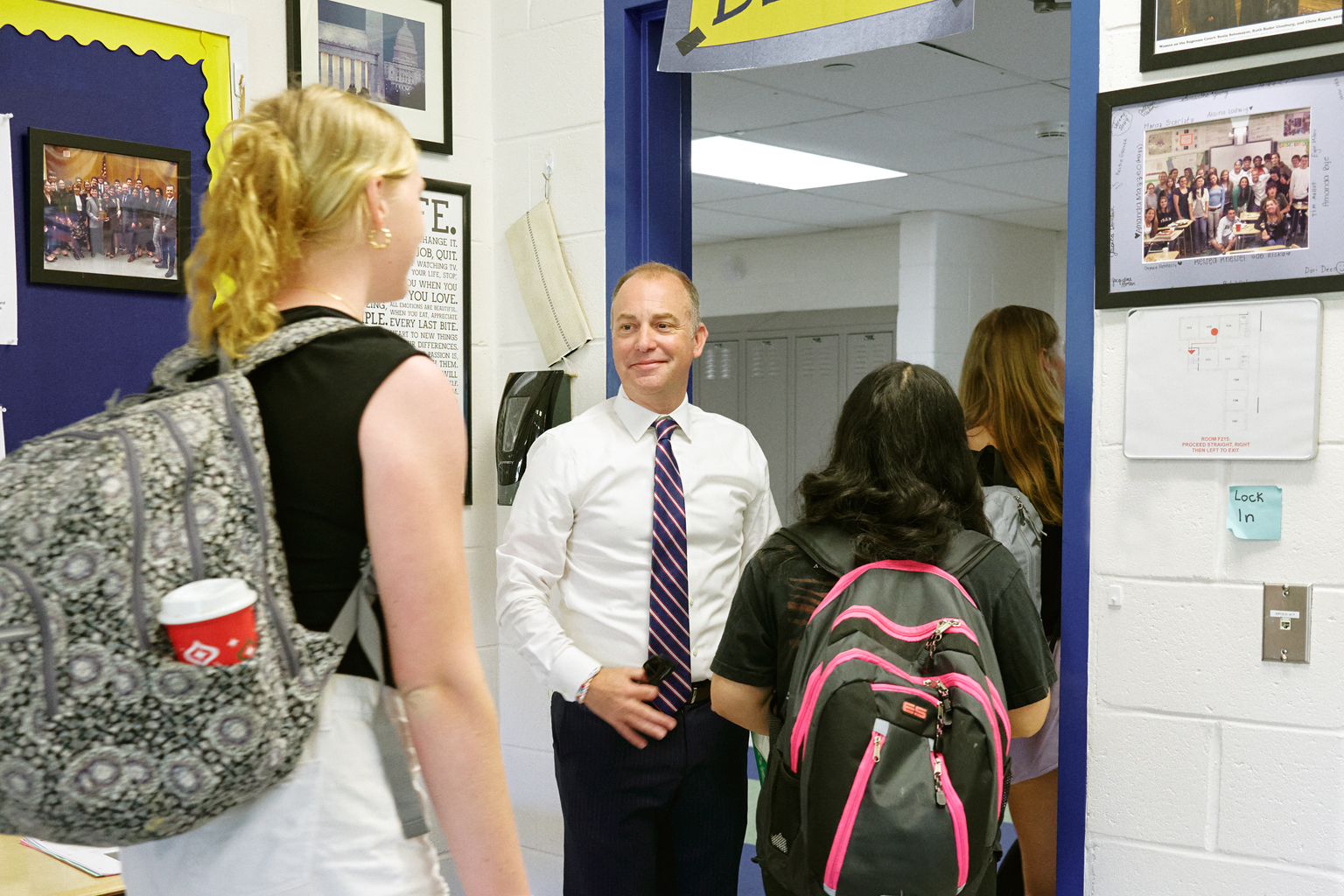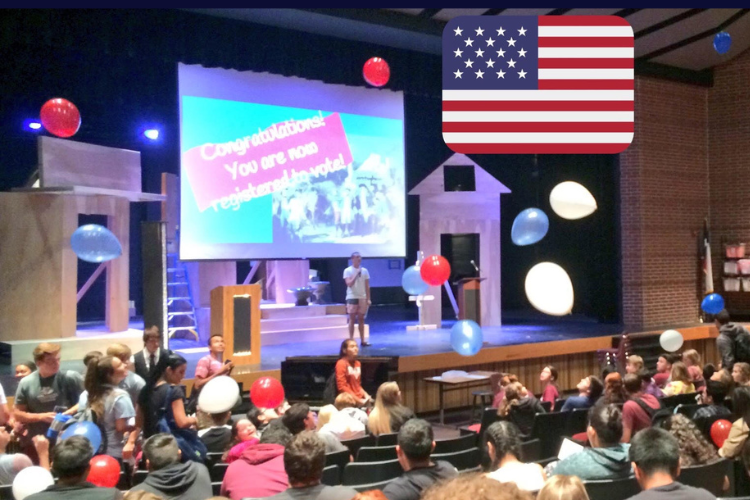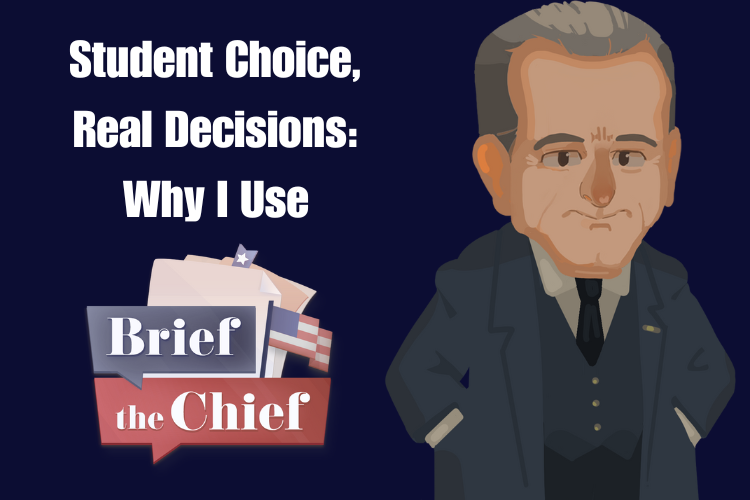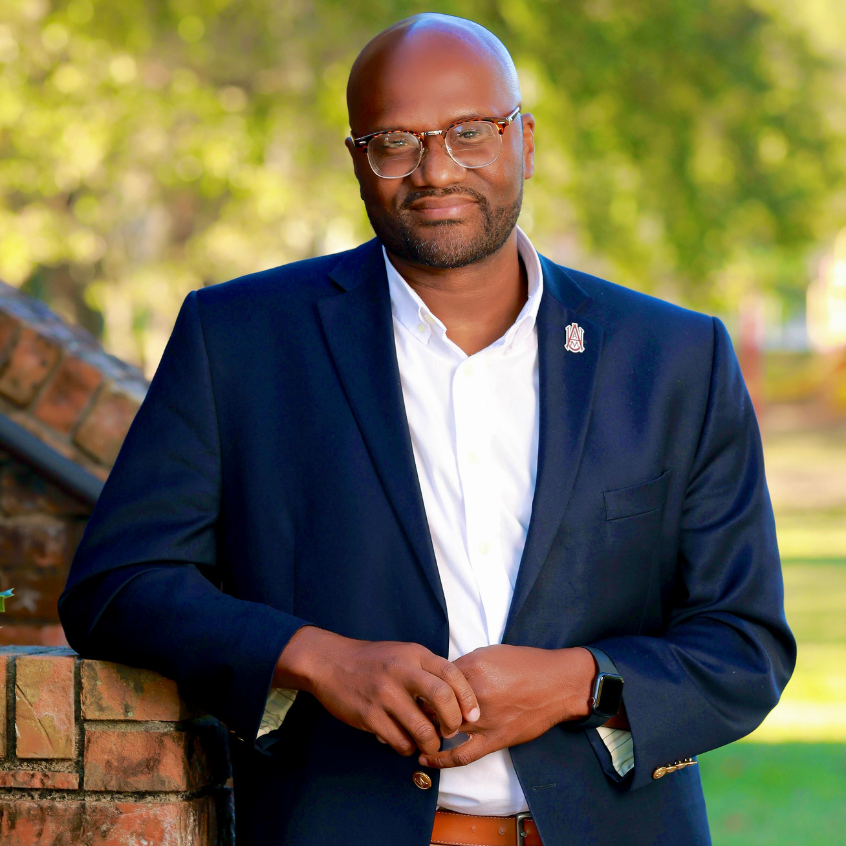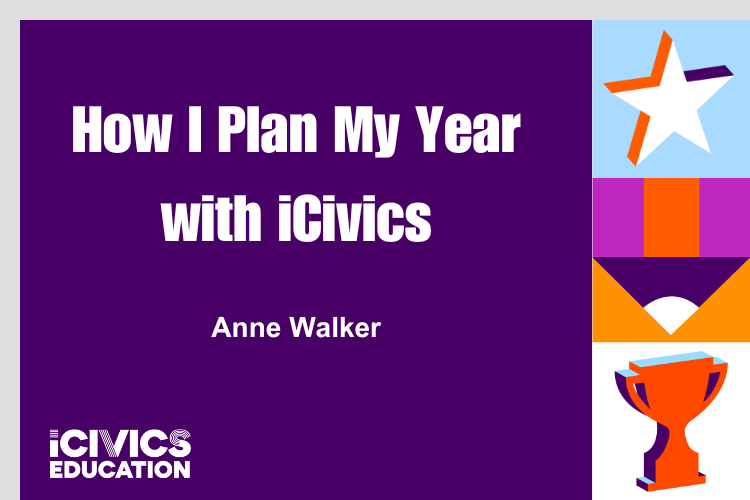“Raise your hand if you are eligible to vote.”
Only a few hands went up, but there were some confused looks.
“Raise your hand if you know when you vote.”
More confused looks.
“Where you vote.”
The more questions I asked my senior Government students about the voting process, the more bewildered faces I saw. Students looked around to see if anyone knew the answers to my questions, but no one did. I have been teaching for 15 years (13 in my current district), and every year I get the same responses, the same confused looks.
These students are about to become adults, but many have no idea how or when to participate in one of the most fundamental acts of citizenship: voting.
At some point, it hit me—who is actually teaching students how to make their voices heard? There are classes on calculus, literature, culinary, personal finance, automotive technology, and numerous others where students learn valuable skills, but where is the class on voting and civic participation? Where’s the guide for becoming an active, informed participant in our democracy?
For Texas, it’s in your Government class. Those skills are covered in the Texas Essential Knowledge and Standards Chapter 113, Subchapter C, sections (d)13 and (d)14. My students do not arrive with an innate understanding of how they can participate in our democracy. It is my job to assist them in ways they can engage with their government and the voting process.
Historically, youth voter participation has been extremely low in comparison to voter turnout in other age groups. It’s a trend that we teach in our classes. As the educators of these young voters, we have the opportunity to increase their level of engagement in their own democratic government, which relies so heavily on citizen participation.
In order to accomplish this, I have spoken to election officials within my county to ensure that I was up to date on election codes regarding high school voter registration, as well as received guidelines from the Texas Secretary of State. One year, I partnered up with a student group I led and, together, we created a presentation for their peers. They created a program to present to their senior class in the auditorium. They discussed voter registration requirements, upcoming election timelines with sample ballots, and ways to research offices and candidates on nonpartisan websites. At the end, we had a balloon drop! It was so much fun, and I was so happy to see the students invested and developing lifelong civic participation habits.
I’ve also used resources like the iCivics game, Cast Your Vote, which is very impactful regarding the burden a citizen faces in a democracy in the quest to become an informed voter. And I’ve used the lesson plan, Voting: Will You Do it?, as an icebreaker. I have found that students engage more when they are given agency within the assignment or task, as well as understanding the purpose or the “why.”
Democracy cannot function without citizen participation. My goal is for students to understand how crucial their participation is if they want their government to reflect their beliefs and needs. I bring up examples where students were able to bring about change by getting involved. The purpose of this is for my students to understand that there are no gatekeepers to the government or creating change.


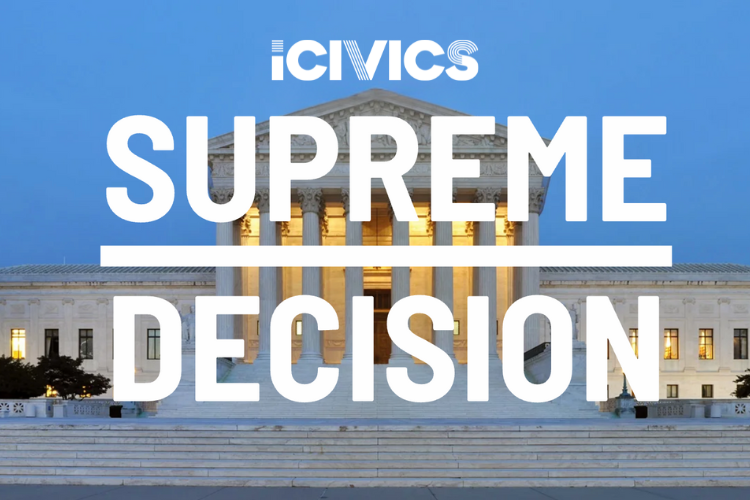

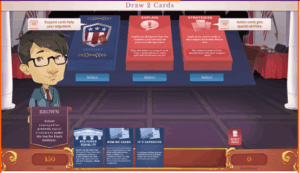 Then they must identify the Constitutional arguments used to support the argument. Once identified, they must build an argument based on Action cards and Support cards. They offer a rebuttal to the opposing side by quickly choosing correct supporting arguments. This game’s strength lies in the variety of gameplay. Not only can you choose between several cases, but you can also choose which side to support and the argument to build. You cannot simply click your way through the game successfully. It takes reading and critical thinking skills to make your way through, but it is not at such a difficulty level that the average student would quit out of frustration.
Then they must identify the Constitutional arguments used to support the argument. Once identified, they must build an argument based on Action cards and Support cards. They offer a rebuttal to the opposing side by quickly choosing correct supporting arguments. This game’s strength lies in the variety of gameplay. Not only can you choose between several cases, but you can also choose which side to support and the argument to build. You cannot simply click your way through the game successfully. It takes reading and critical thinking skills to make your way through, but it is not at such a difficulty level that the average student would quit out of frustration. and in the years since, I am continuously surprised by how few people have heard of it! Keeping the name of Supreme Decision, iCivics took the original storyline and developed a truly interactive simulation through the decision-making process.
and in the years since, I am continuously surprised by how few people have heard of it! Keeping the name of Supreme Decision, iCivics took the original storyline and developed a truly interactive simulation through the decision-making process. 